Utah artist Brad Teare stopped painting outdoors because he was putting too much pressure on himself and not enjoying the observational process necessary to discover nature’s subtleties. How did he adjust his attitude and reduce his stress levels?
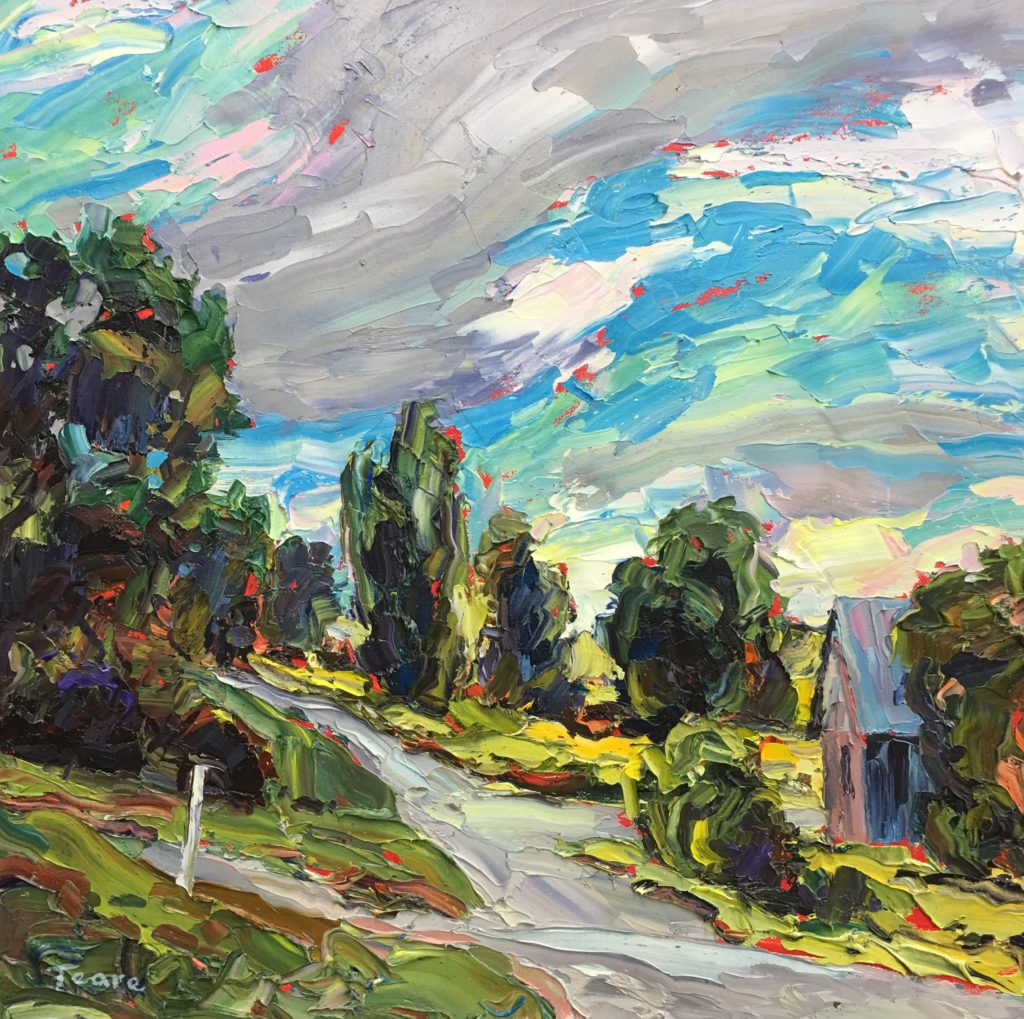
After a particularly humbling effort at a well-known plein air festival in 2014, Brad Teare stowed his Gloucester easel and retired his plein air credentials. Eventually, he resolved this crisis of confidence by making a breakthrough in his studio work. That allowed him to relax and stop pressuring himself to achieve excellence with every painting.
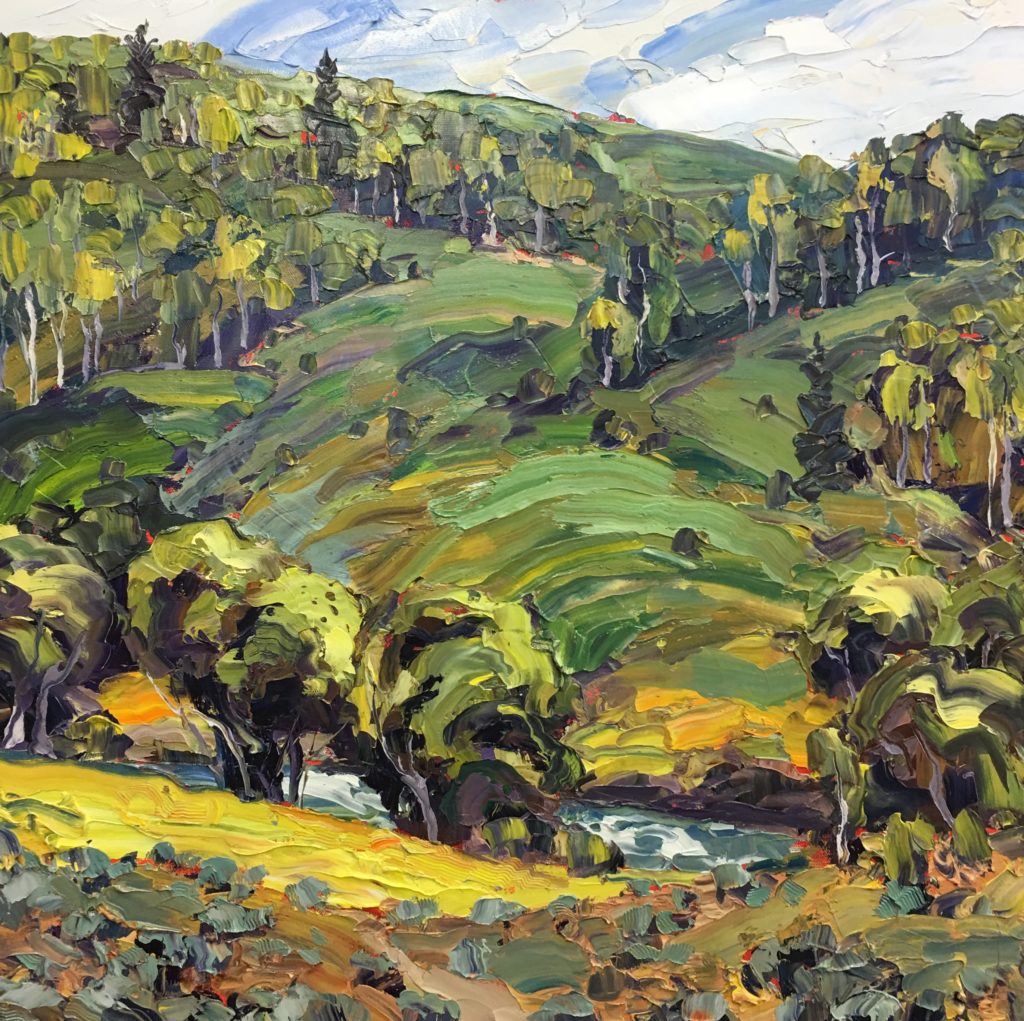
“Performance anxiety was apparently playing a larger role in my painting than I thought,” he recalls. “With nearly 20 years of deliberate practice behind me, I was eventually able to relax into a routine. Performing at a routine level without lofty goals was exactly what I needed to do — provided that the routine produced a satisfying painting. I shifted my focus from striving for excellence to creating paintings that allowed a sense of exploration and achieved a satisfying aesthetic effect.
This post is brought to you by PleinAir® magazine. Start your subscription here!
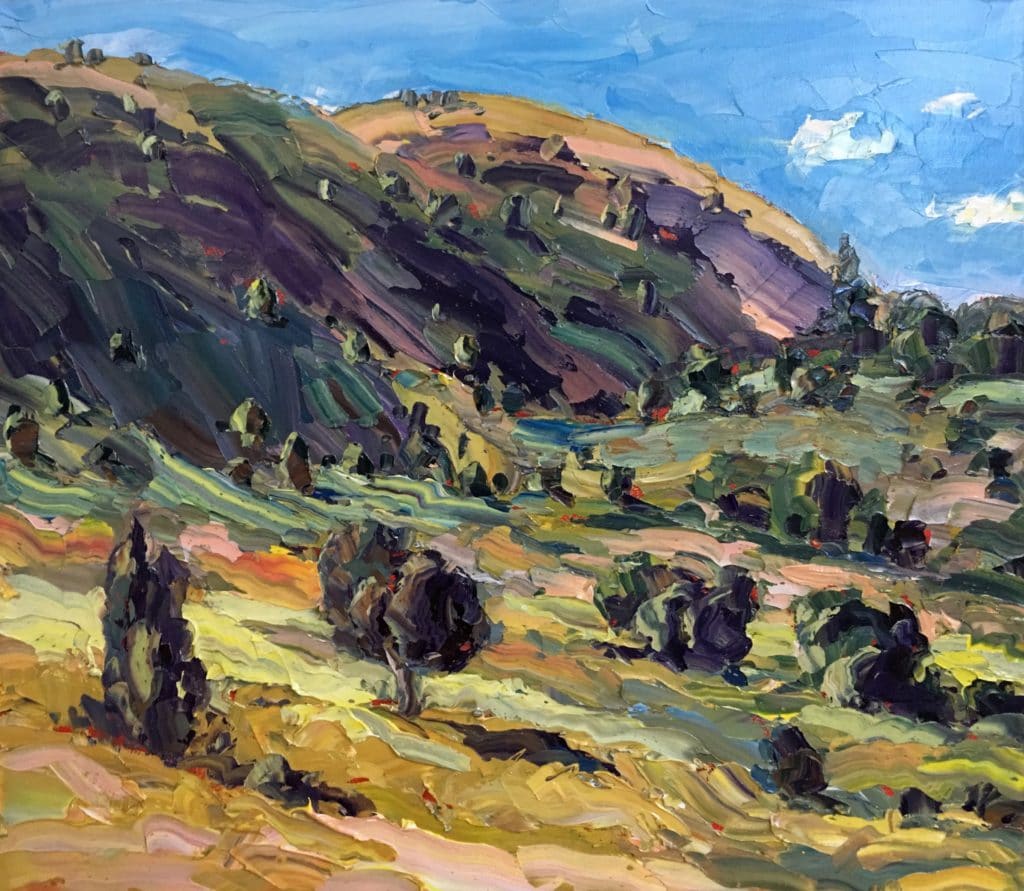
“About that time I read that if I displaced a negative internal dialogue such as ‘I’m really nervous’ with a more positive phrase like ‘I’m so excited,’ I subverted self-destructive negativity and was able to achieve the emotional balance necessary to produce more satisfying work. When I finally ventured back out into the field, palette in hand and easel on my back, I found a suitable motif in a canyon within walking distance of my studio in Salt Lake City. As I set up my gear, I felt a familiar anxiety rise, so I told myself all I had to do was be mediocre — nothing more than performing at a routine level. I also told myself that I was excited, not nervous, to be painting outdoors again.”
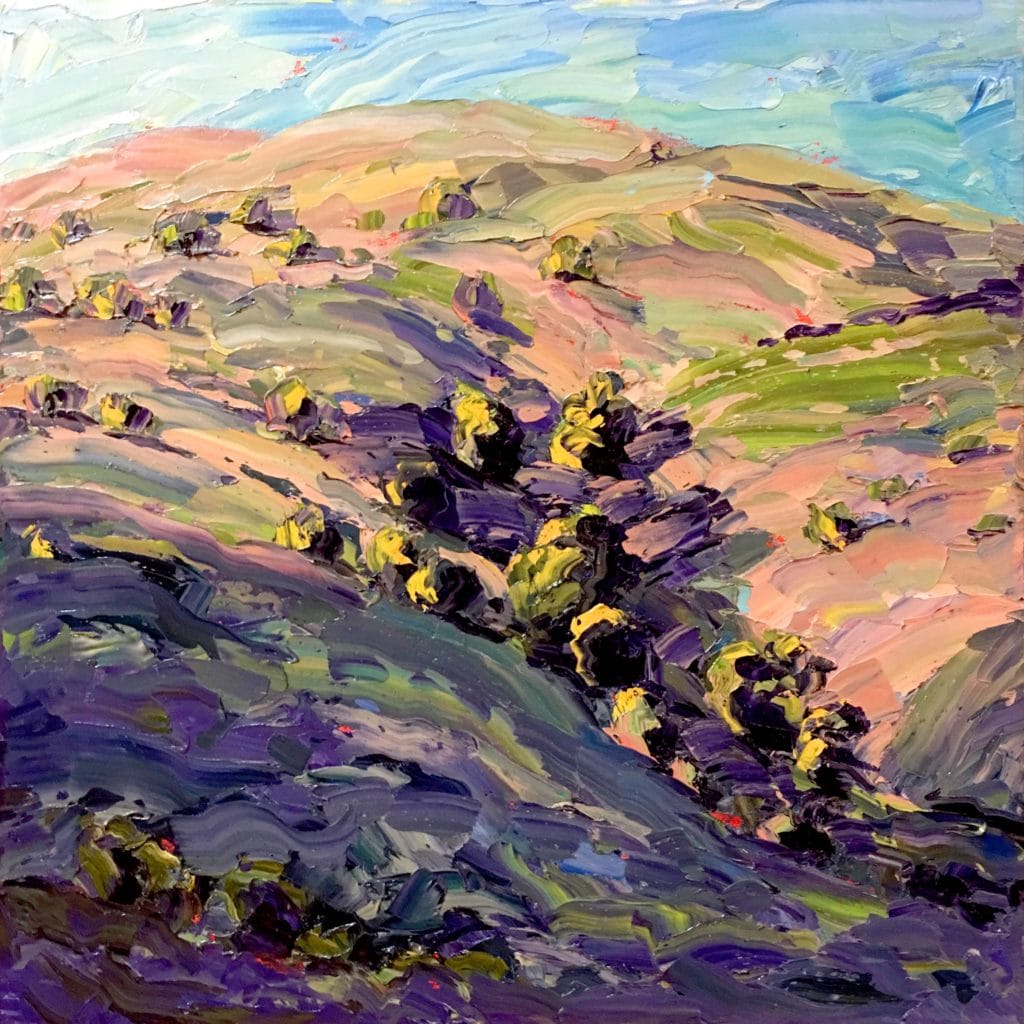
That first new plein air painting went well for Teare because he “entered unknown territory and risked losing control,” the artist says. “I told myself that anxiety arose not from being in unknown territory but from the fear the unknown induced. I tamped down the fear and pressed forward. Eventually, I found the verbal part of my consciousness strangely silent as I effortlessly mixed and applied color. In that internal silence, I calmly pushed forward to a state of flow — a state that accompanied my work in the studio. I had misunderstood why I painted in the field. I thought it was to record interesting and beautiful visual information for future paintings. Actually, it was to achieve the state of flow essential to producing unique expressions in paint.”
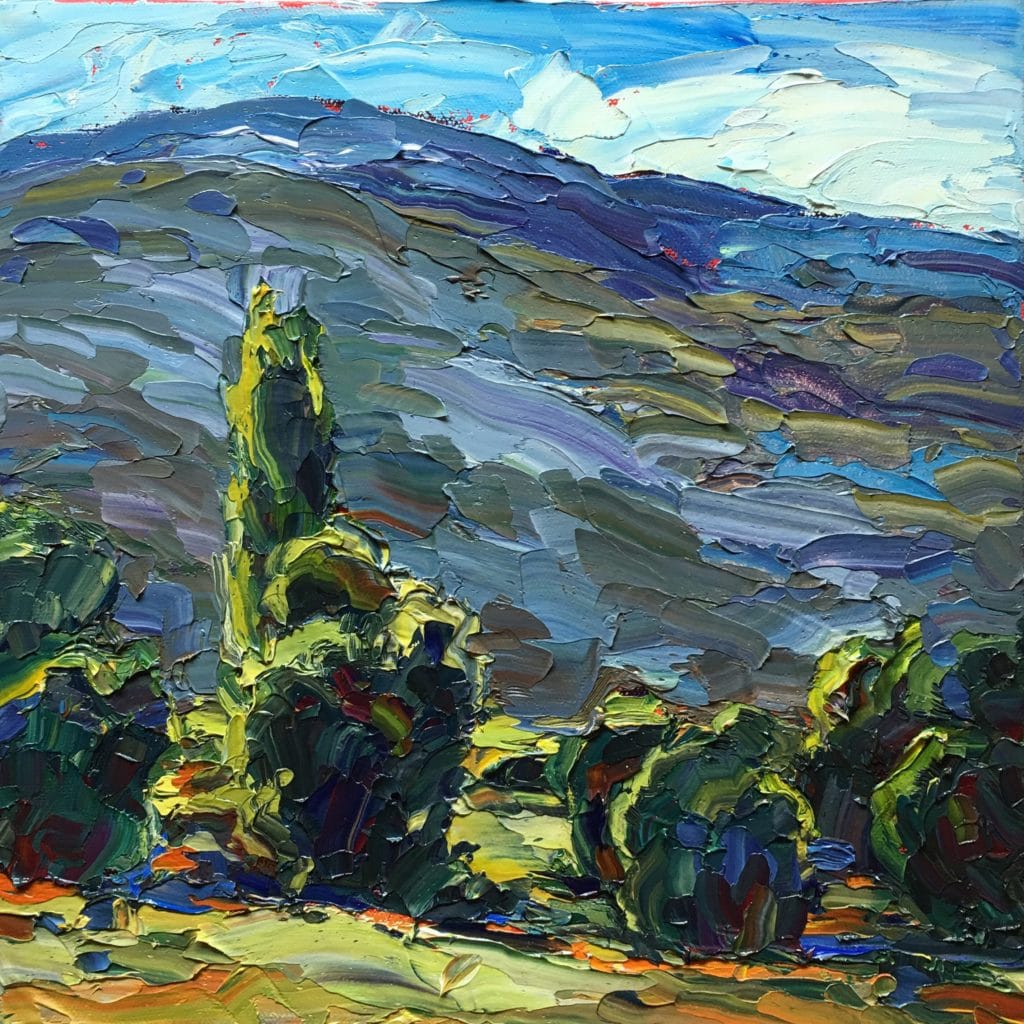
Teare adds with pride, “I had successfully smashed the mental block that kept me from successful plein air painting. Simplifying my process certainly helped, and so too did switching from brushes to palette knives and eliminating the use of solvents to thin the oil colors. But the most valuable thing I did was tame the demons of fear and anxiety so I could move forward and harness all my studio techniques in the field.”
This article on painting outdoors was originally published at OutdoorPainter.com in 2018 and was written by Steve Doherty
And browse more free articles here at OutdoorPainter.com

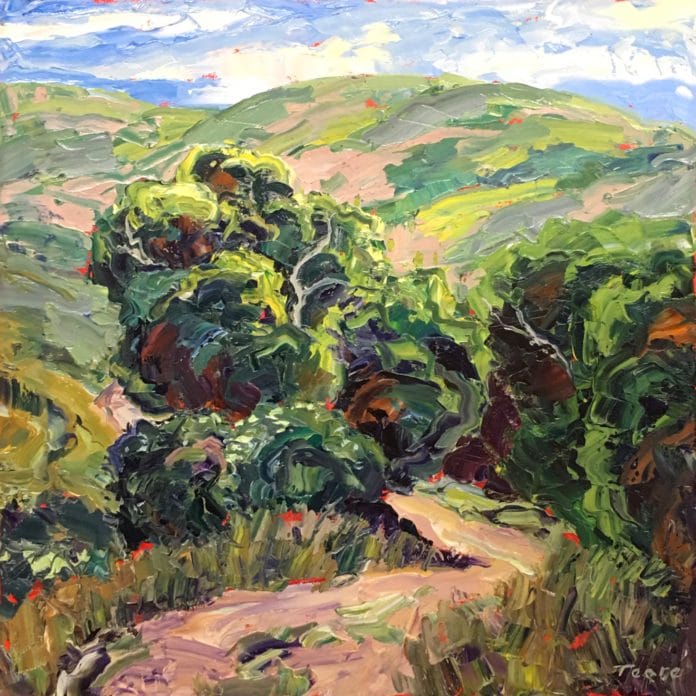
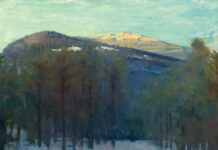
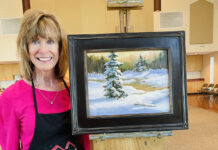
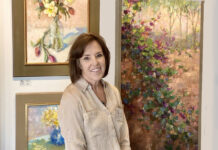
These paintings look very ‘flowing’ with the textural quality you have achieved using a palette knife. I love the colors and interesting rivers of texture. Nice work and so happy to hear that you identified the blockages.
I love Brad Teare’s work. The concept of thick paint is one that I relish internally but have never explored because of fear. Good timing for the article.
http://bradteare.com
I’m glad you featured Brad. I’m also a huge fan of his art, as well as his observations on painting on his blog and in his videos.